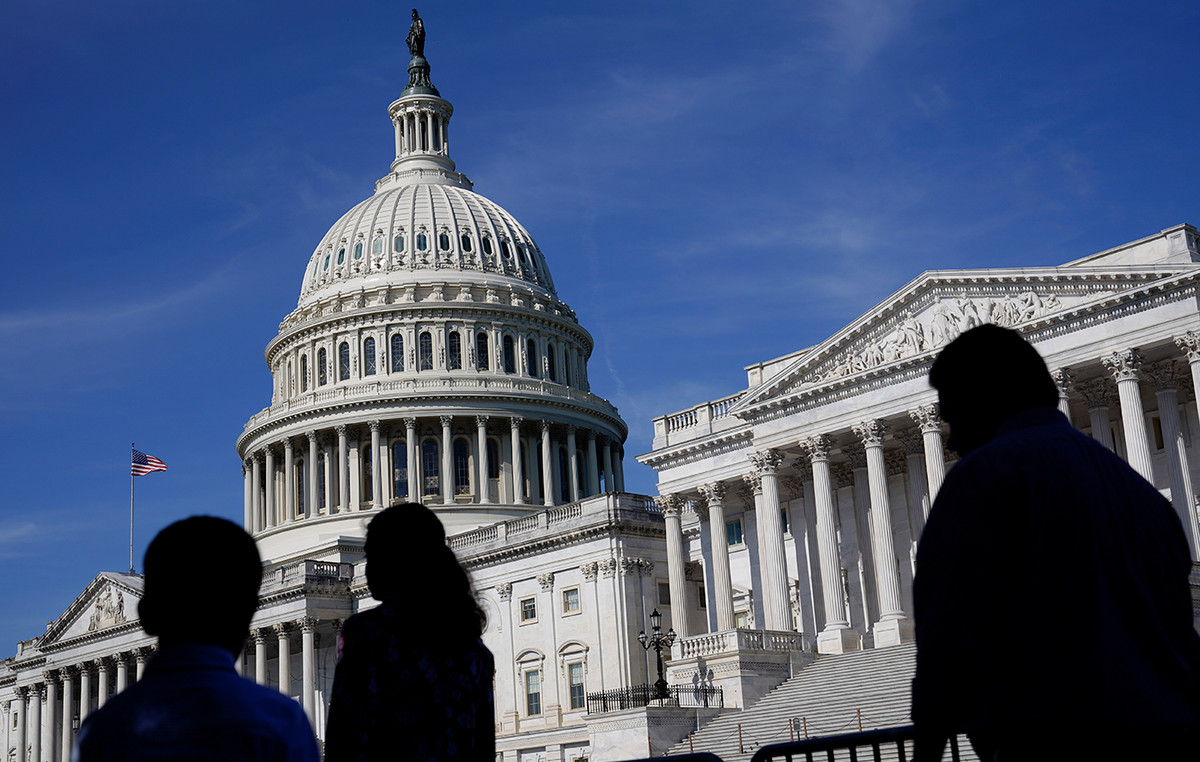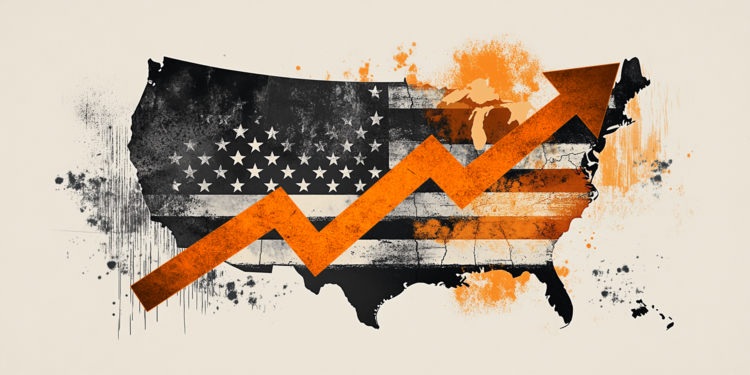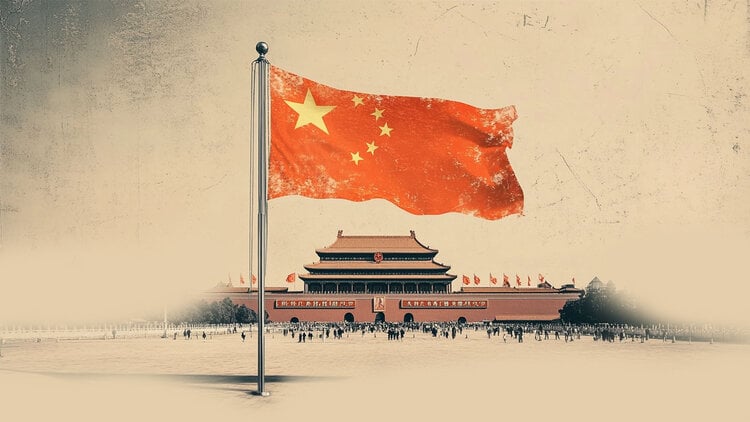- The WTI price rises to around $ 65.90 in the early Asian session on Tuesday.
- The US threatened to impose sanctions on Russian export buyers if there is no agreement between Russia and Ukraine in 50 days.
- Uncertainty about tariffs and ongoing business nerves could undermine the price of WTI.
The West Texas Intermediate (WTI), the referent of the US crude oil, is quoted around $ 65.90 during the first hours of Asian negotiation on Tuesday. The WTI price advances amid concerns about the sanctions of the United States to Russia that could affect global supplies.
The president of the USA, Donald Trump, announced on Monday night new armaments for Ukraine and threatened sanctions to Russian export buyers unless Russia accepts a peace agreement in 50 days. A White House official said that Trump was referring to 100% tariffs on Russian exports, as well as the so -called secondary sanctions, which point to third countries that buy exports from a country.
Last week, Trump said he would make an “important statement” about Russia on Monday, expressing his frustration with the Russian president, Vladimir Putin, due to the lack of progress in the end of the war in Ukraine.
In addition, China’s firm demand signs could contribute to WTI increase. Crude imports from China reached a maximum of 10 months, increasing 7.4% in the year in June to 12.14 million barrels per day, according to customs data published on Monday. This figure registered the highest level since August 2023.
On the other hand, uncertainty around Trump’s tariffs could weigh about the price of WTI. Investors will closely follow the result of US trade negotiations with key commercial partners. The European Union (EU) and South Korea said Monday that they were working in commercial agreements with the US that would soften the impact of imminent tariffs, since Washington threatens to impose taxes as of August 1. The growing tariff pressures of the US could undermine the price of black gold, since tariffs can lead to commercial wars, slowing down global trade and economic activity.
WTI oil – frequent questions
WTI oil is a type of crude oil that is sold in international markets. WTI are the acronym of West Texas Intermediate, one of the three main types that include the Brent and Dubai’s crude. The WTI is also known as “light” and “sweet” by its relatively low gravity and sulfur content, respectively. It is considered high quality oil that is easily refined. It is obtained in the United States and is distributed through the Cushing Center, considered “the crossing of the world.” It is a reference for the oil market and the price of WTI is frequently traded in the media.
Like all assets, supply and demand are the main factors that determine the price of WTI oil. As such, global growth can be a driver of the increase in demand and vice versa in the case of weak global growth. Political instability, wars and sanctions can alter the offer and have an impact on prices. OPEC decisions, a group of large oil -producing countries, is another key price factor. The value of the US dollar influences the price of WTI crude oil, since oil is mainly traded in US dollars, so a weaker dollar can make oil more affordable and vice versa.
Weekly reports on oil inventories published by the American Petroleum Institute (API) and the Energy Information Agency (EIA) influence the price of WTI oil. Changes in inventories reflect the fluctuation of supply and demand. If the data show a decrease in inventories, it can indicate an increase in demand, which would raise the price of oil. An increase in inventories may reflect an increase in supply, which makes prices lower. The API report is published every Tuesday and that of the EIA the next day. Their results are usually similar, with a 1% difference between them 75% of the time. EIA data is considered more reliable, since it is a government agency.
The OPEC (Organization of Petroleum Exporting Countries) is a group of 13 nations oil producing that collectively decide the production quotas of member countries in biannual meetings. Their decisions usually influence WTI oil prices. When OPEC decides to reduce fees, it can restrict the supply and raise oil prices. When OPEC increases production, the opposite effect occurs. The OPEC+ is an expanded group that includes another ten non -members of the OPEC, among which Russia stands out.
Source: Fx Street
I am Joshua Winder, a senior-level journalist and editor at World Stock Market. I specialize in covering news related to the stock market and economic trends. With more than 8 years of experience in this field, I have become an expert in financial reporting.







